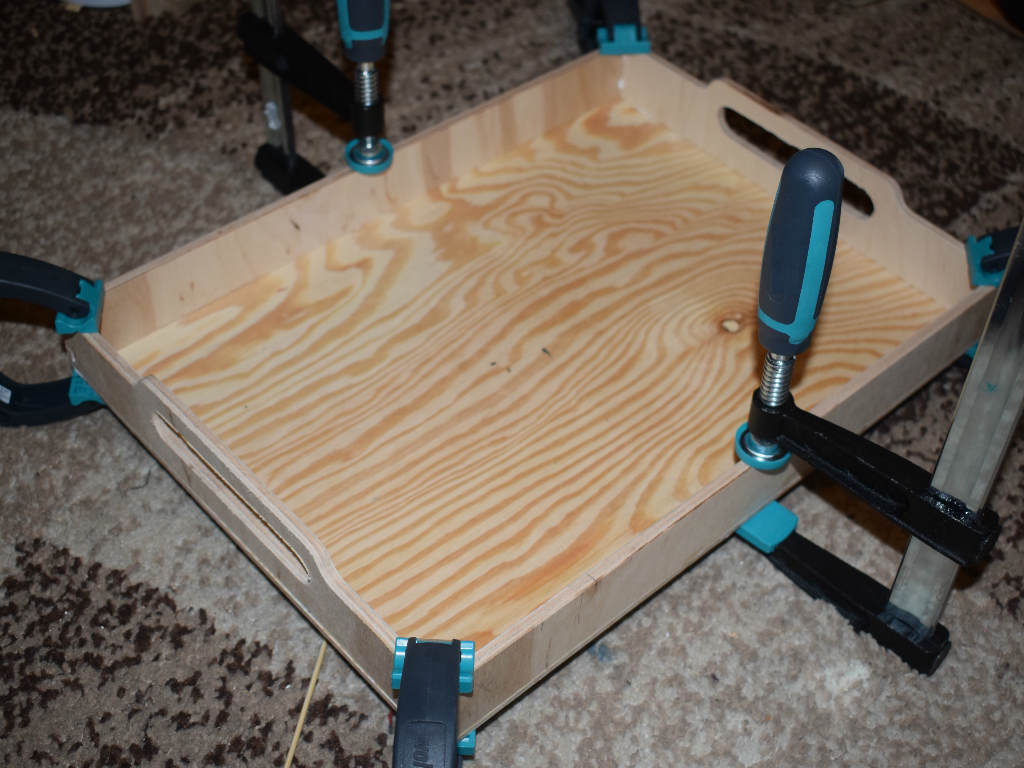Rebar, short for reinforcing bar, stands as a cornerstone in the construction industry, predominantly utilized to fortify concrete and masonry structures. Its fundamental purpose lies in furnishing additional strength and support, thereby ensuring the resilience and endurance of buildings and infrastructure. This article delves into the fundamental aspects of rebar, addressing common inquiries, and underscores its significance alongside complementary materials like geotextile.

What is Rebar and Why is it Essential in Construction?
A rebar, also known as a reinforcing bar, constitutes a steel bar employed to bolster concrete. Concrete excels in compression but falters in tension. Rebar mitigates this deficiency by furnishing the requisite tensile strength, fostering a composite material that is robust, long-lasting, and capable of withstanding substantial loads. The incorporation of rebar proves indispensable in construction ventures such as edifices, bridges, thoroughfares, and dams, safeguarding these structures against diverse stresses over time.
How is Rebar Embedded in Concrete Structures?
The installation of rebar entails several procedural steps to ensure optimal reinforcement. Initially, the design and positioning of rebar are meticulously planned in accordance with structural imperatives. Subsequently, rebar is tailored and contoured to align with the specific dimensions of the project. During the construction phase, rebar is situated within the formwork where concrete is slated for pouring. To uphold its alignment and ensure peak performance, rebar is frequently interconnected with wire and buttressed by spacers. Upon positioning the rebar, concrete is poured over it, enveloping the rebar and engendering a fortified structure. Prudent installation proves pivotal in averting predicaments such as corrosion and structural compromise.
What Varieties of Rebar are Predominantly Utilized in Construction?
An array of rebar types cater to distinct applications:
- Carbon Steel Rebar: This ubiquitous variant is esteemed for its adaptability and robustness.
- Epoxy-Coated Rebar: Suited for environments susceptible to corrosion, such as marine or saline conditions.
- Stainless Steel Rebar: Exhibits exceptional corrosion resistance, rendering it suitable for highly corrosive settings.
- Glass-Fiber-Reinforced-Polymer (GFRP) Rebar: Lightweight and corrosion-resistant, ideal for regions where metallic rebar might deteriorate.
- Welded Wire Fabric (WWF): Prefabricated grids of rebar utilized for reinforcing slabs and walls.
Each type boasts distinctive attributes and is selected based on the unique requisites of the construction endeavor.
How Do Rebar and Geotextile Synergize in Construction?
Rebar and **geotextile** frequently complement each other in construction endeavors to augment structural integrity. While rebar bestows tensile strength upon concrete structures, geotextile assumes a divergent yet symbiotic role. Geotextile, a permeable textile, enhances soil stability, mitigates erosion, and facilitates drainage. In foundational undertakings, geotextile is positioned beneath concrete slabs to forestall soil erosion and furnish a stable base. In road construction, layers of geotextile aid in load distribution and stress alleviation on the underlying soil, while rebar reinforces the concrete pavement, ensuring its longevity and durability.
Rebar emerges as a linchpin in contemporary construction, furnishing the requisite tensile strength to concrete structures. Its meticulous installation and utilization are pivotal in preserving the structural robustness and longevity of buildings and infrastructure. Acquainting oneself with the diverse rebar types and their specific applications facilitates the judicious selection of materials for each project. Furthermore, the amalgamation of geotextile with rebar in construction endeavors amplifies the stability and resilience of structures. Through this integration, engineers and builders can engender sturdy, enduring structures adept at withstanding an array of environmental exigencies.
Tags: epoxy rebar into concrete, footing rebar diagram, rebar supply, southern rebar and supplies